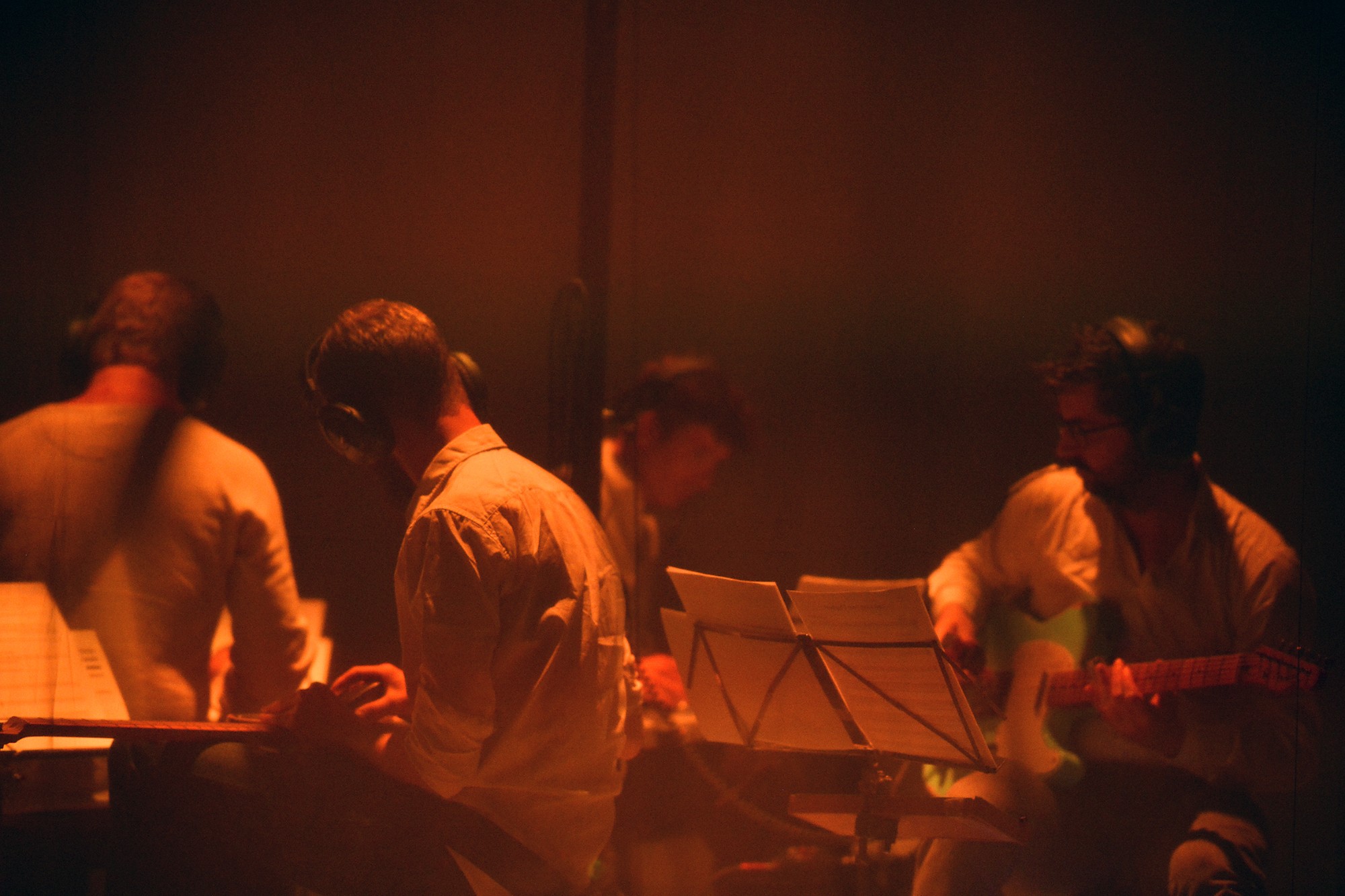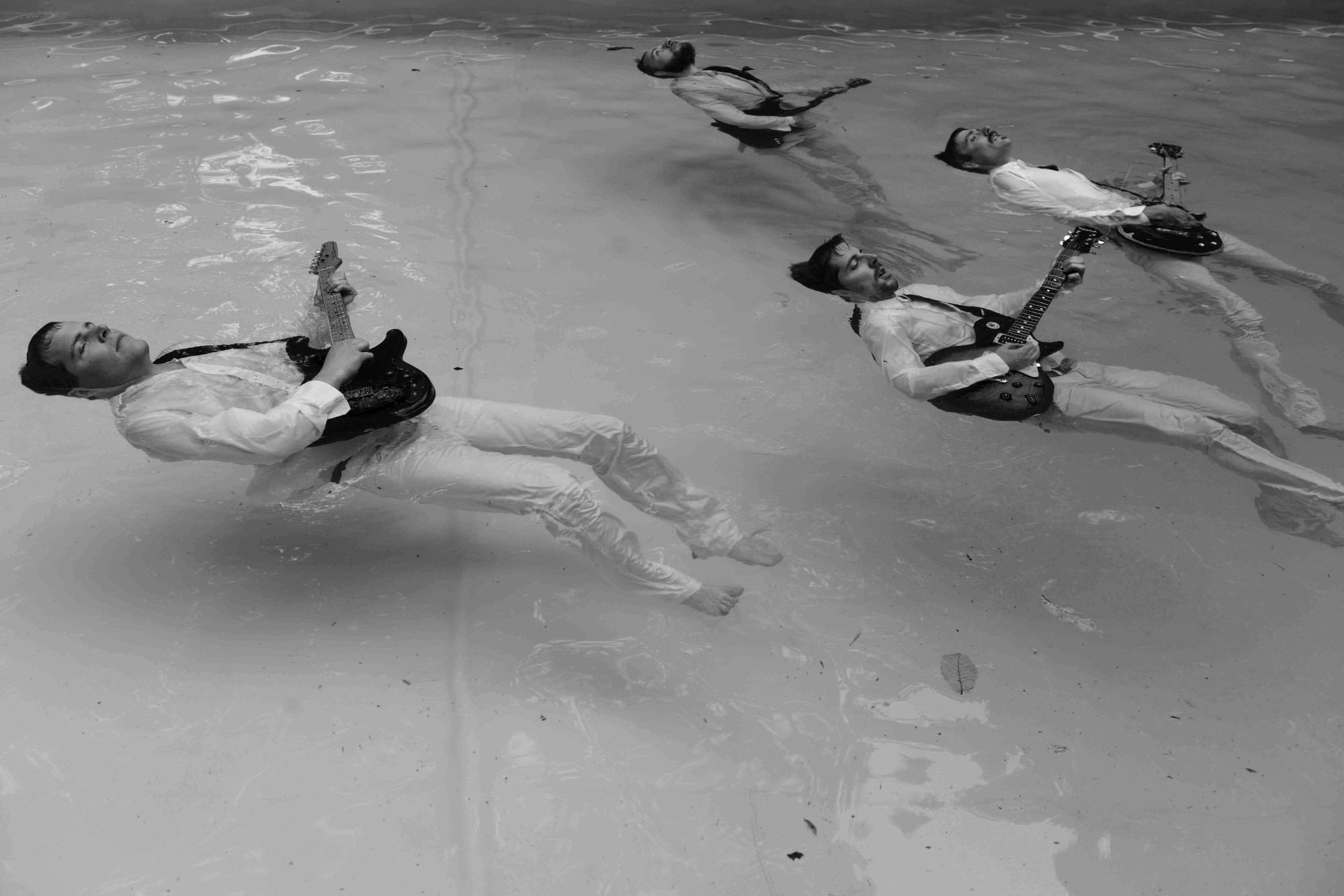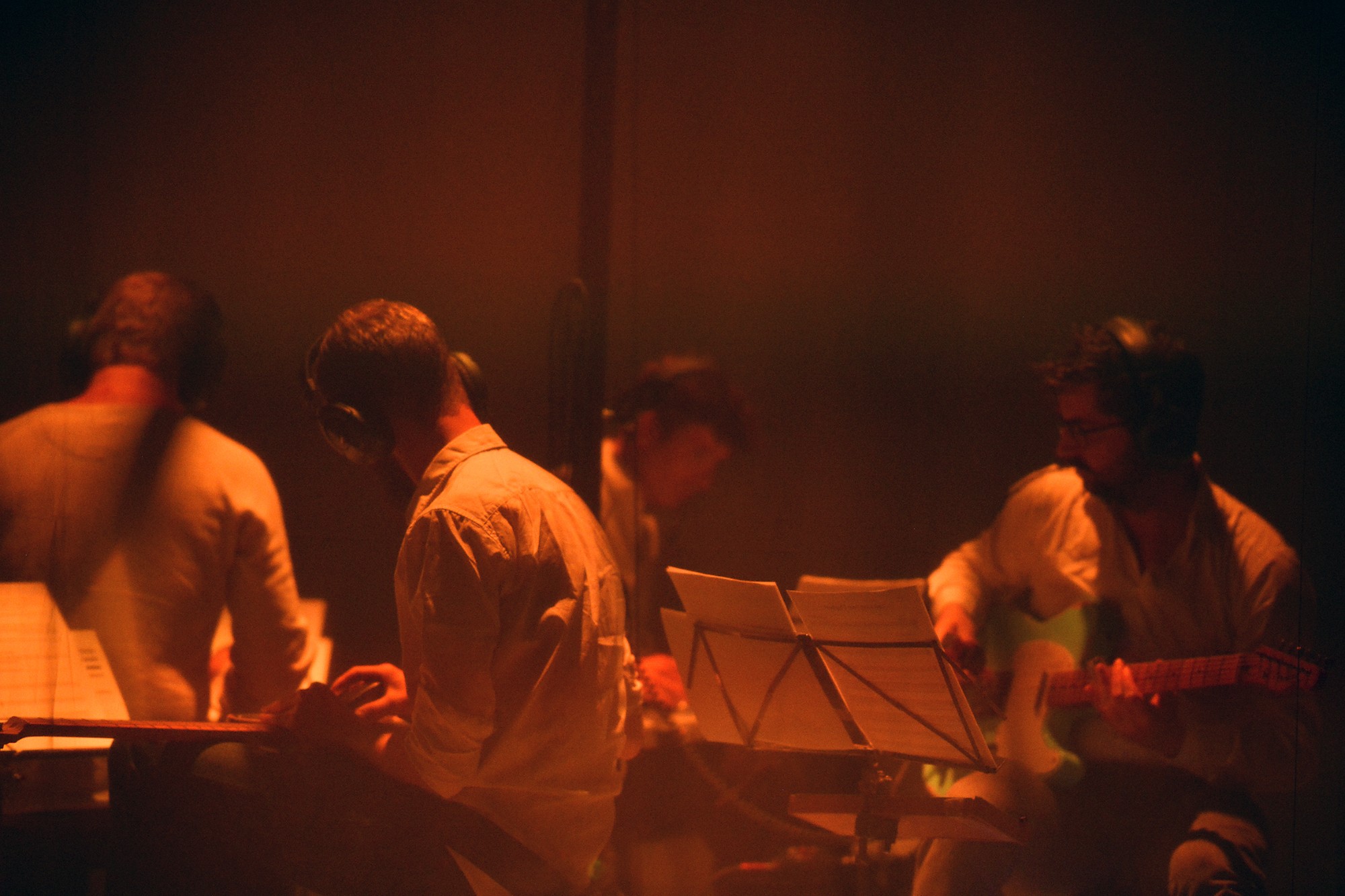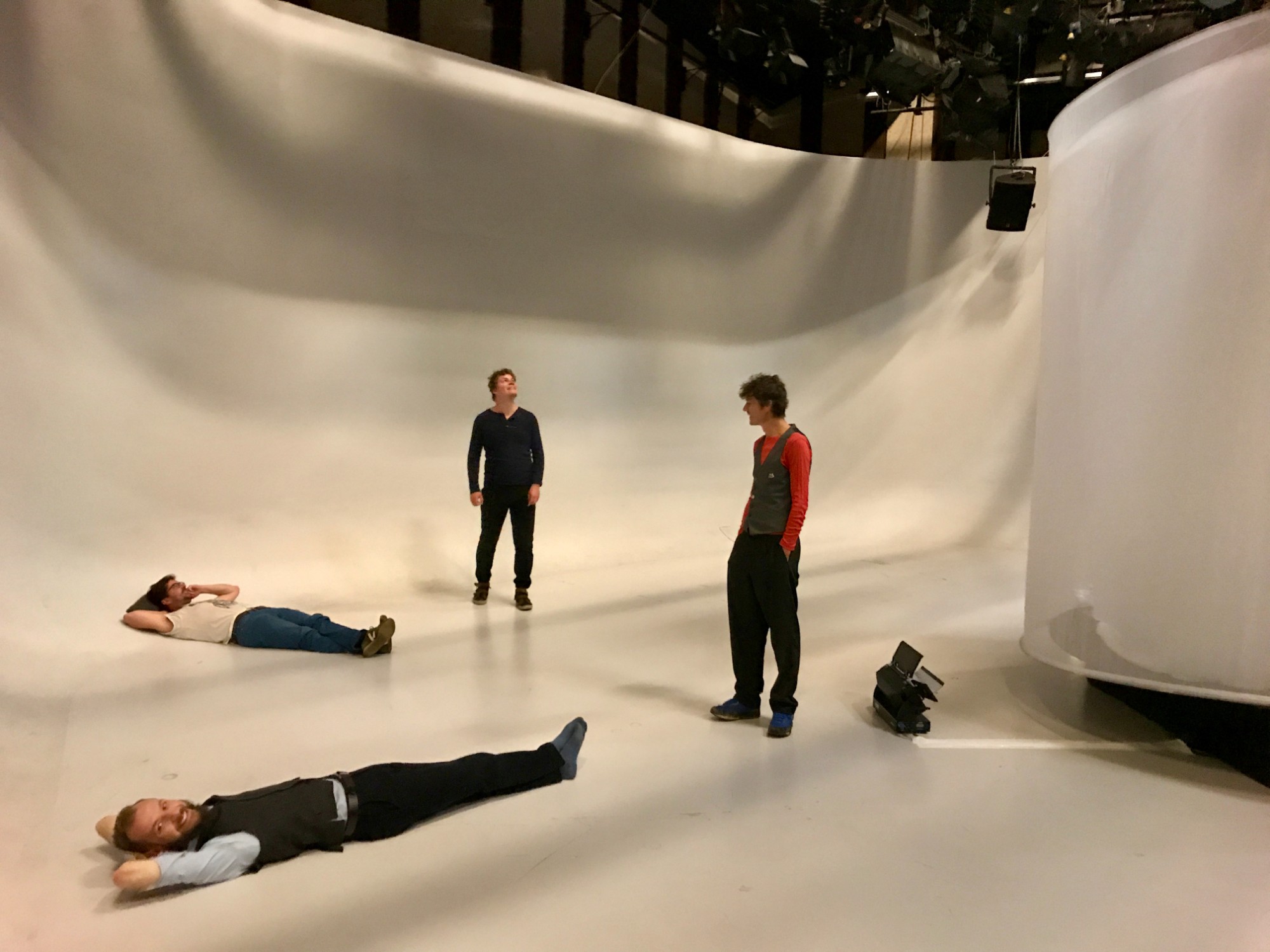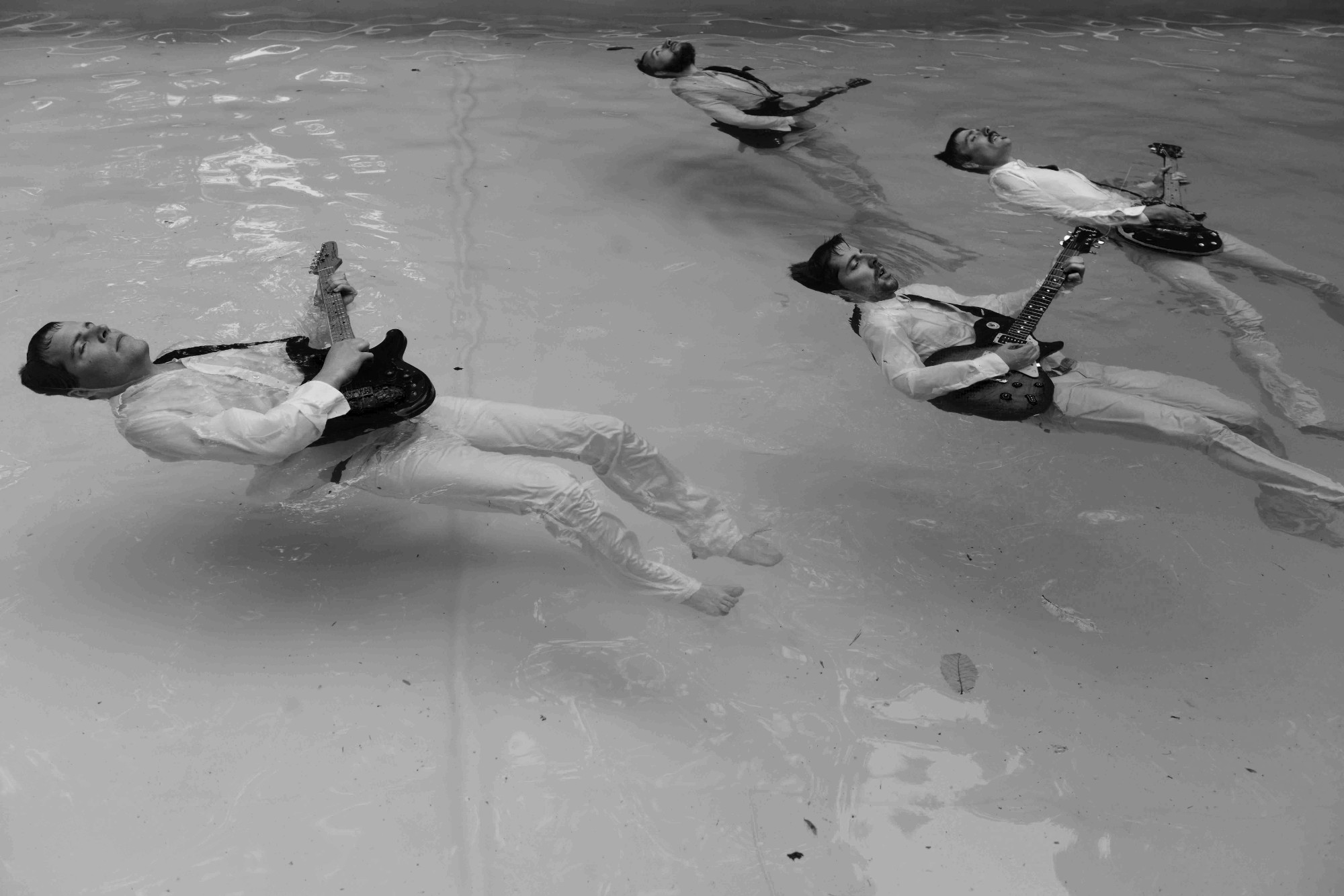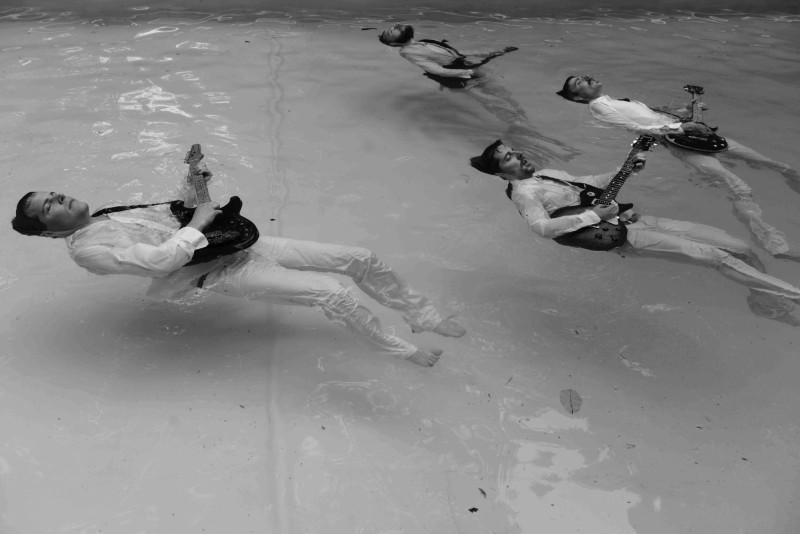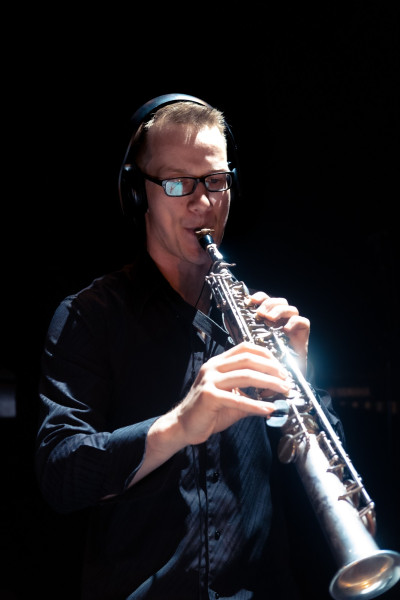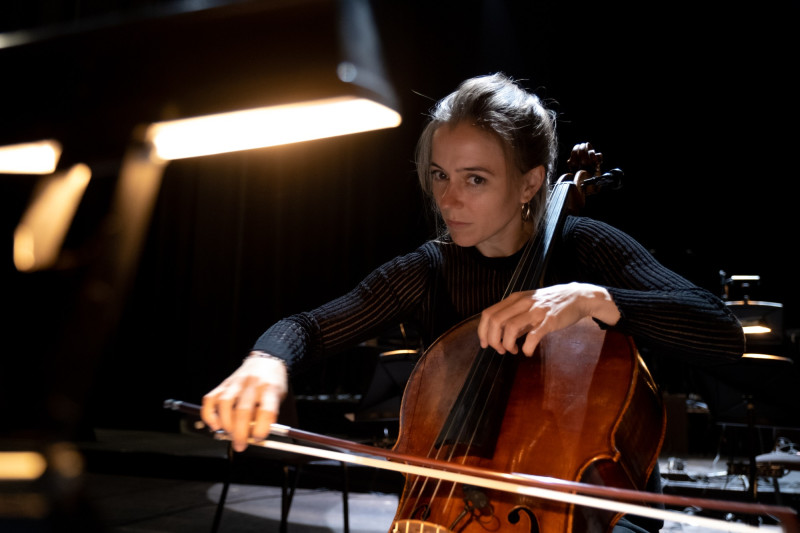My Heart Cannot Die
A room filled with voices and texts that transcend centuries. Fragments of poetry and harmony intersect. A guitar sound, a sharp phrase, a breath, a subtle dissonance. In this concert programme, the music floats between madrigal and modulation, between the memory of a noble composer and the echoes of forgotten female voices.
In the historical imagination of Italian madrigal culture, one name quickly surfaces: Carlo Gesualdo (1566–1613), the enfant terrible of the Renaissance, as famous for his adventurous madrigals as he is infamous for murdering his wife and her lover.
Traditionally, his work has been read as the expression of a tormented genius. In My Heart Cannot Die, BL!NDMAN and Zwerm unravel this romanticised myth and offer a multi-voiced contemporary response to the madrigal culture of the late Renaissance. They sketch a new portrait of Gesualdo as a talented aristocrat, a spider in the patriarchal web of power, violence and privilege. They place his music and texts alongside those of female contemporaries who, each in their own way, contributed to a refined and innovative madrigal tradition.
Maddalena Casulana (1544–1590), for instance, was not only a remarkable singer, lutenist and composer with a refined sense of counterpoint and chromaticism, but also wrote incisive texts about men, women and music. Her madrigal Morir non può il mio cuore forms both a textual and musical counter-voice within this project. The nun and multi-instrumentalist Vittoria Aleotti (1575–1620) was likewise a gifted lutenist who celebrated life and love in pioneering madrigals, and was the first to set the famous poem T’amo, mia vita to music – before Gesualdo and Monteverdi.
With this project, BL!NDMAN and Zwerm do not offer a re-enactment of the past, but a contemporary reflection on how we listen to composers of the Renaissance. They start from the 16th-century idea of the madrigal as utilitarian music: both musically and textually modular in design, flexible in instrumentation and adapted to the needs of the moment. In this spirit of openness, BL!NDMAN and Zwerm approach the repertoire of Gesualdo, Casulana and Aleotti as pliable material of sound and text. New arrangements for an instrumental line-up echo the voices of these Italian madrigalists. The selection of elaborate tone paintings is complemented by contemporary reflections through free sound intabulations, musical noise and critical textual projections.
How did – and do – we look at women in early music? And what should we make of the oeuvre of a composer who, alongside his beautiful madrigals, also has a murder to his name? A pertinent musical reflection on then and now.
Tomas Serrien and Kobe Van Cauwenberghe: artistic direction and concept
Tomas Serrien: dramaturgy and text adaptation
Kobe Van Cauwenberghe and Ward De Ketelaere: arrangements and free intabulations
BL!NDMAN [hybrid]
Pieter Pellens: saxophone
Yves Goemaere: percussion
Suzanne Vermeyen: cello
Stefanie Van Backlé: violin
Zwerm
Toon Callier: guitar, electronics
Johannes Westendorp: guitar, electronics, synthesizer
Kobe Van Cauwenberghe: guitar, electronics
Bruno Nelissen: guitar, electronics
